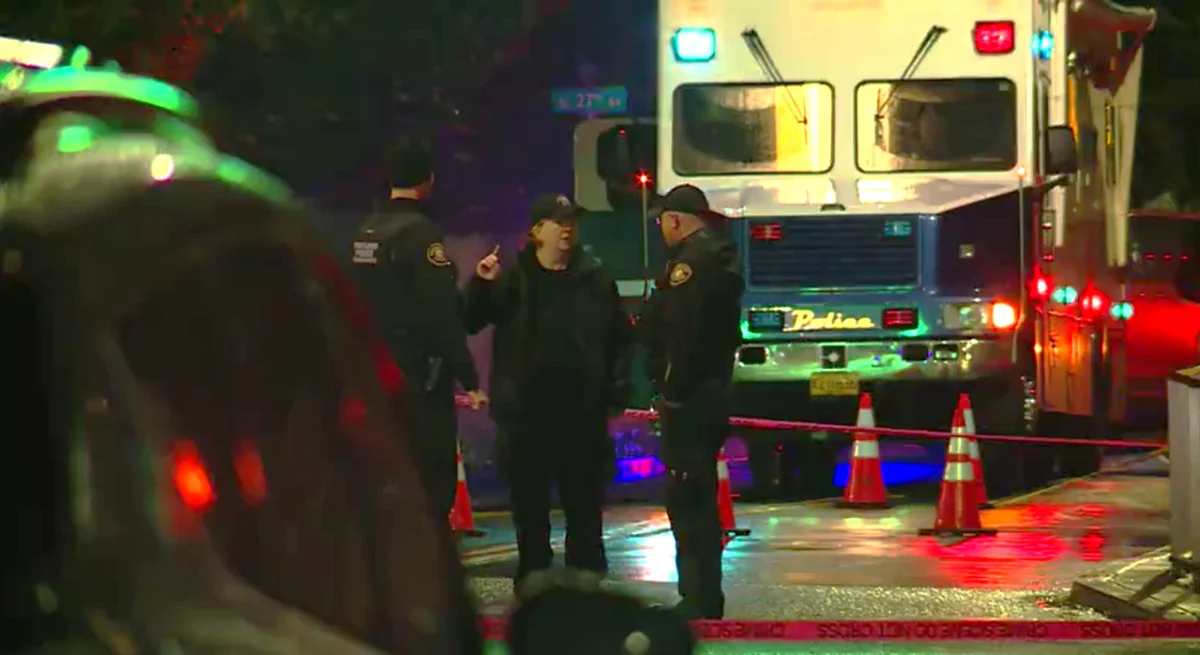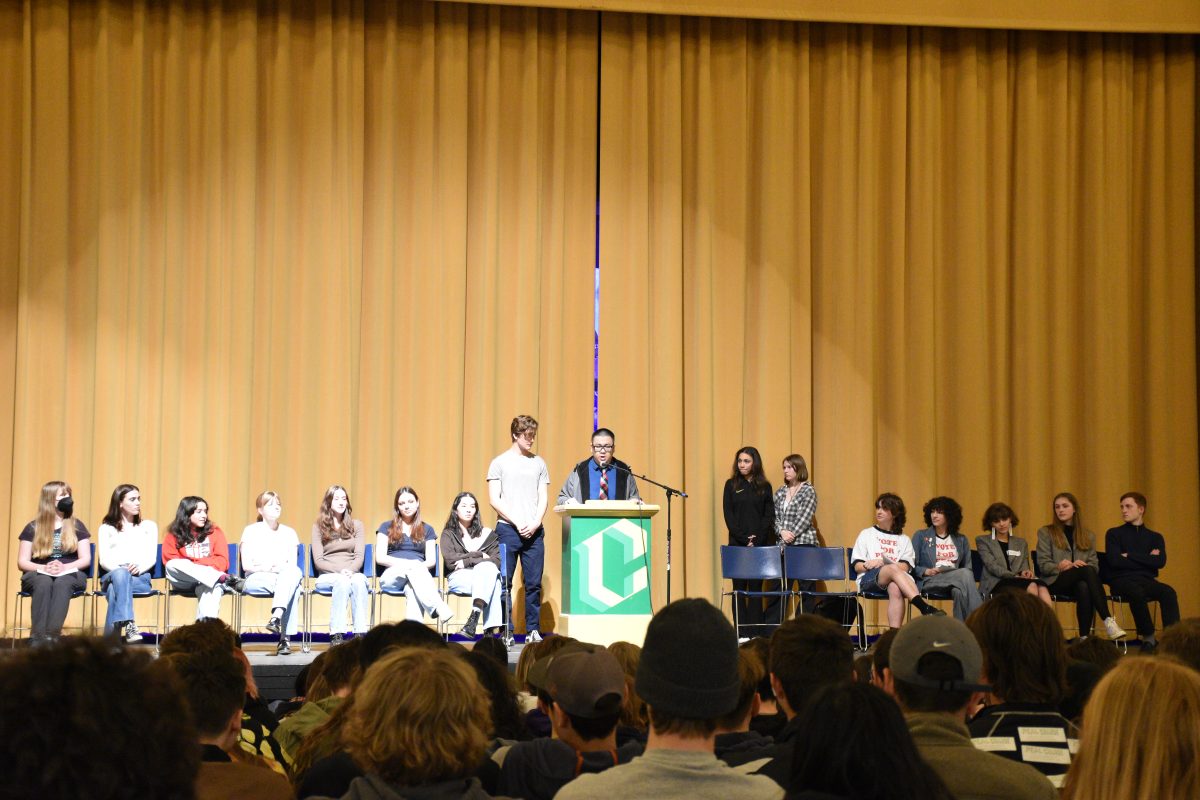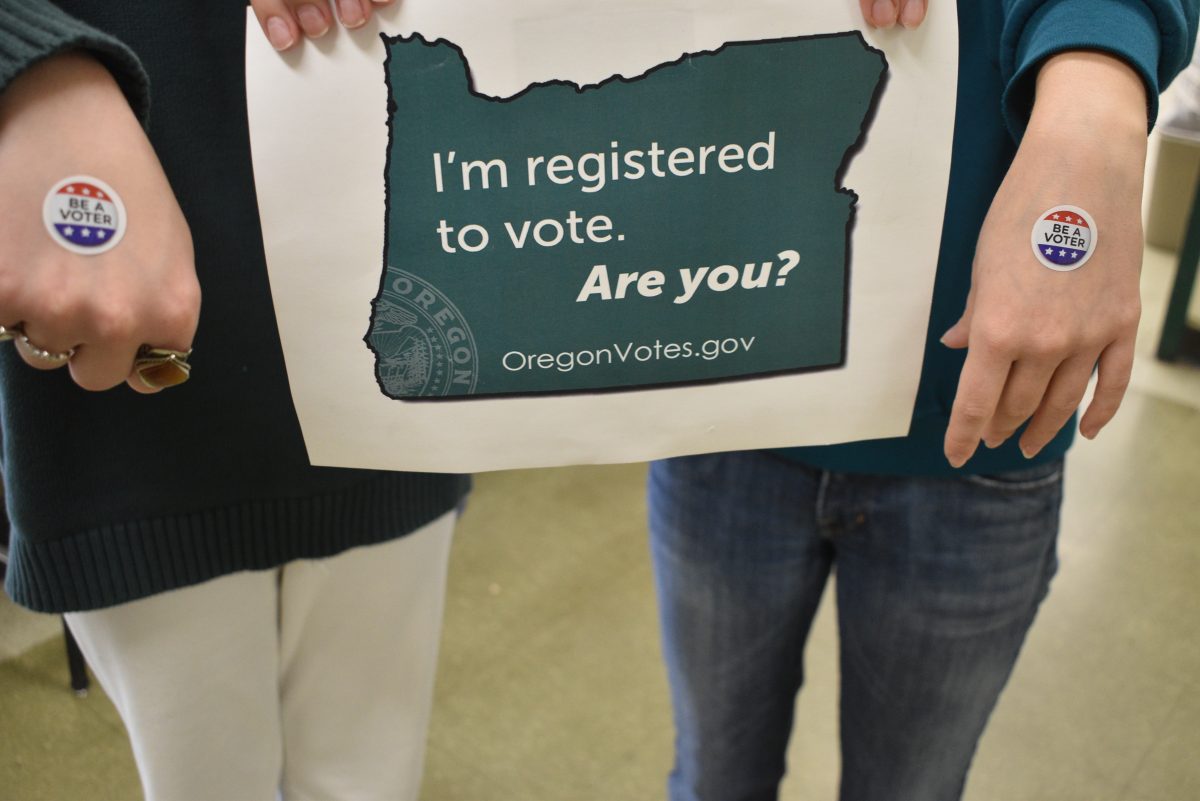As of Oct. 24, the members of the Portland Association of Teachers have voted to strike beginning Nov. 1. Talk of the strike has been circulating for months now due to limited planning time, over populated classes, unsanitary and unsafe learning environments, and unfair pay. Opinions on the strike differ among many teachers and staff, based on many personal factors. But as the date for the strike approaches, students ask: why are teachers striking?
Government, economics,anthropology teacher and union member Nathan Pier references low pay in a post-COVID economy.
“If you think about what has happened to the economy since COVID, since inflation, everything else, you’ve seen wage gains in all these other sectors. As public employees, we can’t ask for that raise until these moments happen where the contract gets renewed,” notes Pier.
PPS educators have been working without a contract since June and bargain with the district about every three years, which explains the sudden timing of the proposed strike.
“The reason that we’re asking for these big increases is because we can only argue it once every three or four years, and whatever we argue for this November has to last for three more years,” Pier said.
On top of a limited negotiation window, teacher’s pay has not increased with inflation. The cost of everything else has gone up, but the teacher salary stays the same. Current inflation is 3.7 percent, down from 7 percent over the summer.
“Not only did the wage not increase with the cost of living, inflation has caused me to make less at my job today than I made at my job three years ago,” Pier said. “We’re also asking for more beyond cost of living because people that are your teachers have master’s degrees, lots of extra college credit, student loans, and these jobs are wildly underpaid compared to similar jobs that require that level of education and experience.”
Increased pay is not only for the benefit of teachers. To put it simply, a competitive pay will produce competitive talent. Being an educator is not a minimum-requirement position, so why does their pay say otherwise? Besides fiscal concerns, there is also the argument of classroom quality in terms of both cleanliness and population. Union posters in various classrooms ask for simple things such as rodent-free classrooms, more desks, and a hard cap on class sizes. Class numbers have skyrocketed due to teacher layoffs, causing 40-plus students to be squeezed into already stuffed classes. The district pays teachers an additional stipend for having more than 160 students or more than three preps, but the benefit does not outweigh the workload in many cases.
Jan Watt, special projects coordinator, argues that a strike is not the best way to go.
“I consider a strike a no-win for either side,” says Watt, a non-union member. “I want my colleagues to feel as if they are respected and acknowledged and I hate to see that their demands are considered unreasonable. Fair? On the same hand, I am extremely concerned about the impact on students and families.”
Although our age group remains mostly unaffected, elementary and middle schools pose a bigger threat to home and work lives. Kids unable to stay home alone must be supervised, either by a parent staying home or a trip to the workplace. Other than that, daycare is another option, although the costs can add up quickly. Just a week at home could cause unnecessary stress, both financially and emotionally, for families of younger children.
The strike also creates the possibility of an extended school year lasting further into the summer, which most students are not for. With unseasonably hot classrooms making it hard to learn, additional days in the hottest season would take away from both the student’s summer vacation and final learning experiences of the year. Many of the issues that educators are striking to change not only affect them, but students as well.
So, how can students show their support for striking educators? The answer is simple: strike along with them.
“If you do choose to support us, I don’t think there’s any better way than standing outside with us. We’re not gonna do this from our houses. If there’s a strike, we’re all in the parking lot out on Powell with signs. If students want to support us, it’s really easy, join the line,” says Pier.
With the strike confirmed for Nov. 1, it’s only a matter of days. Until then, wear blue in solidarity with your teachers and remember what they are fighting for!








